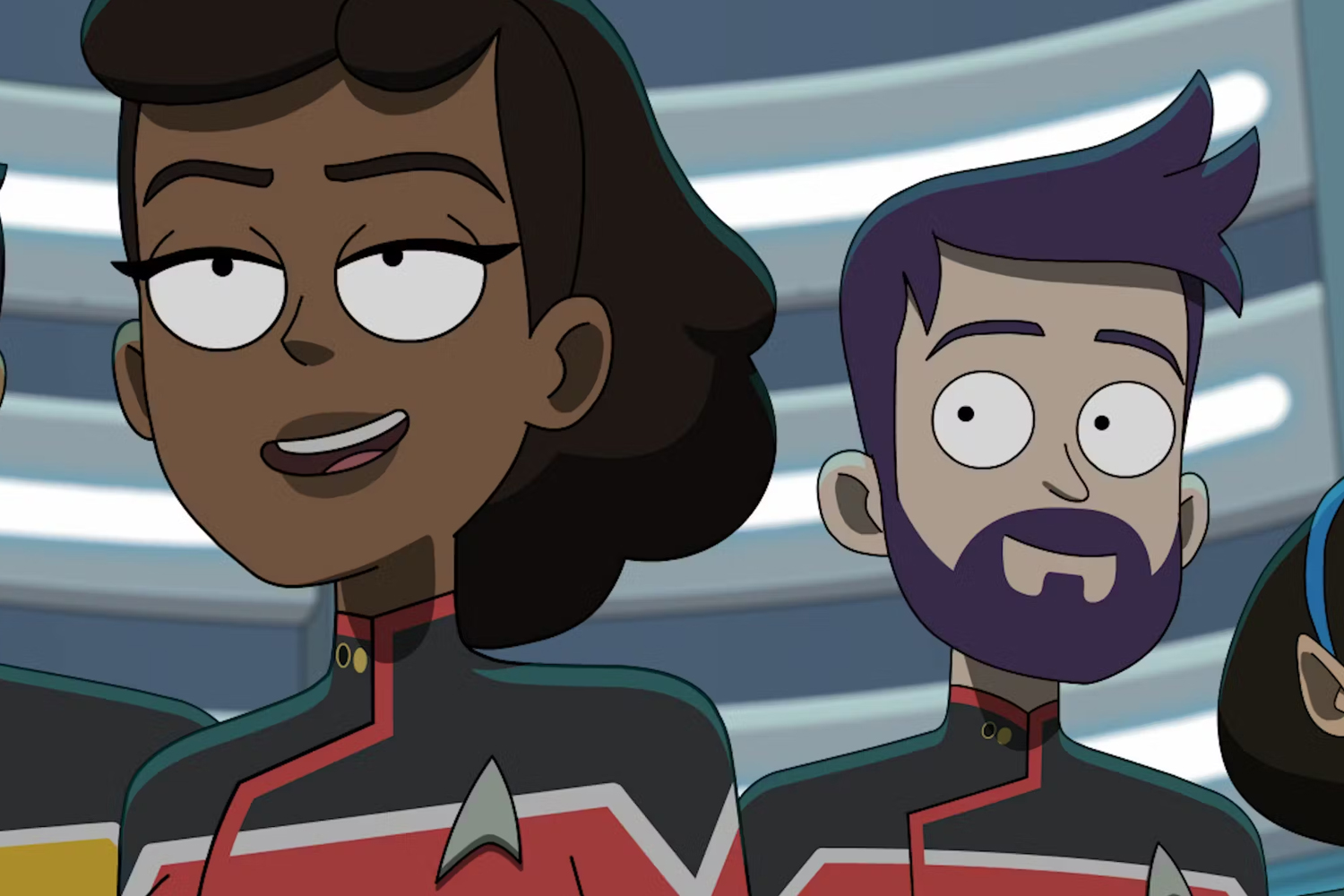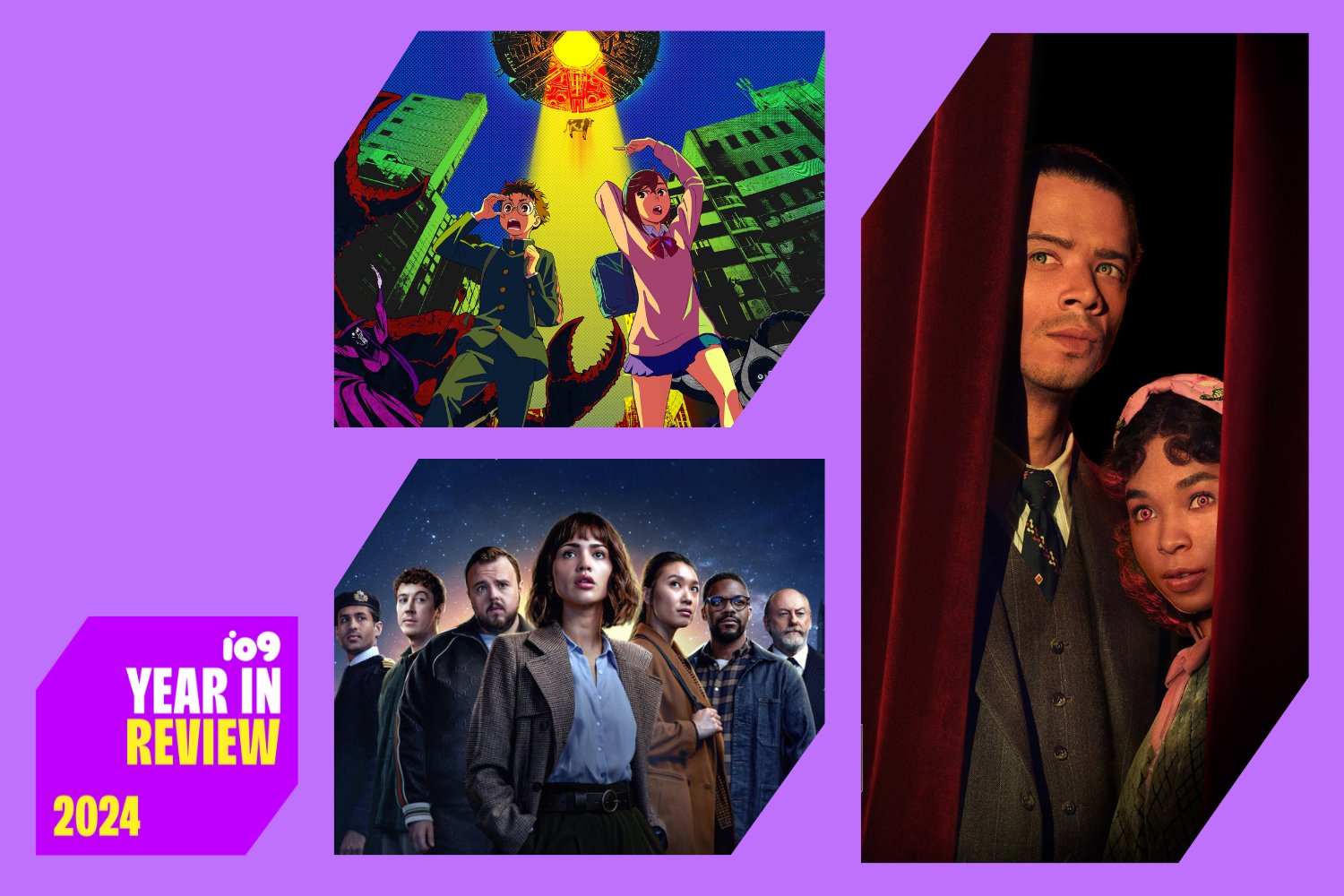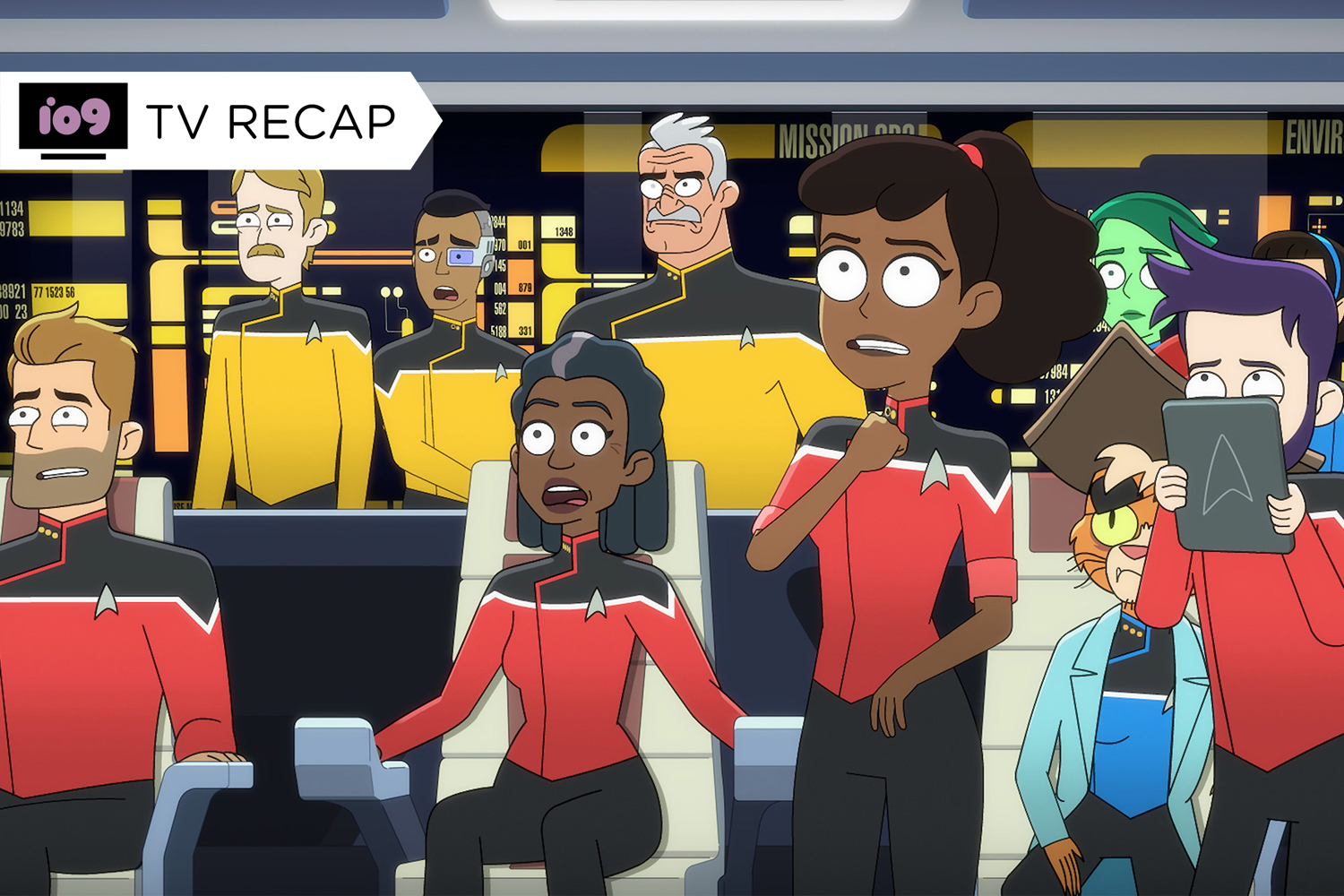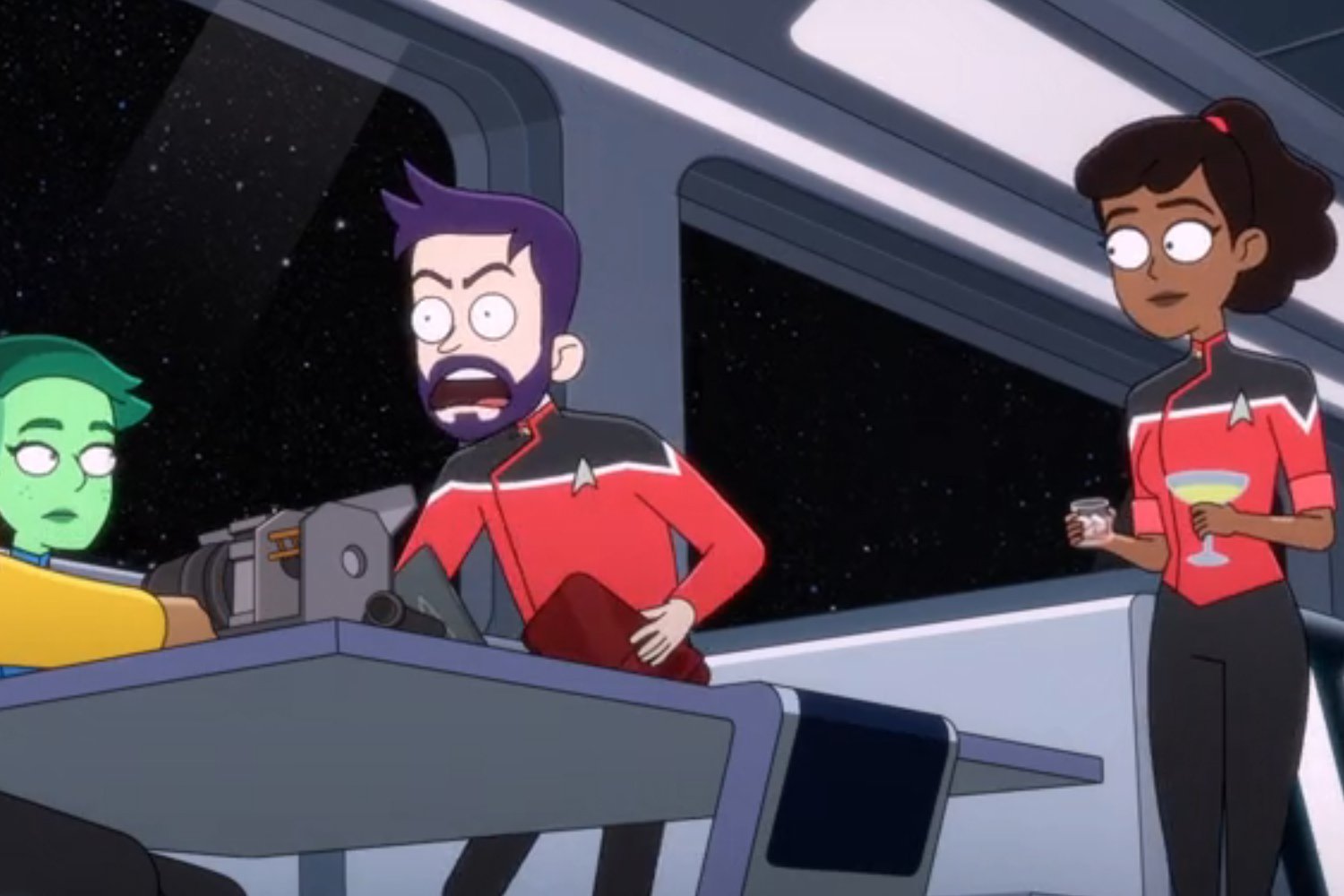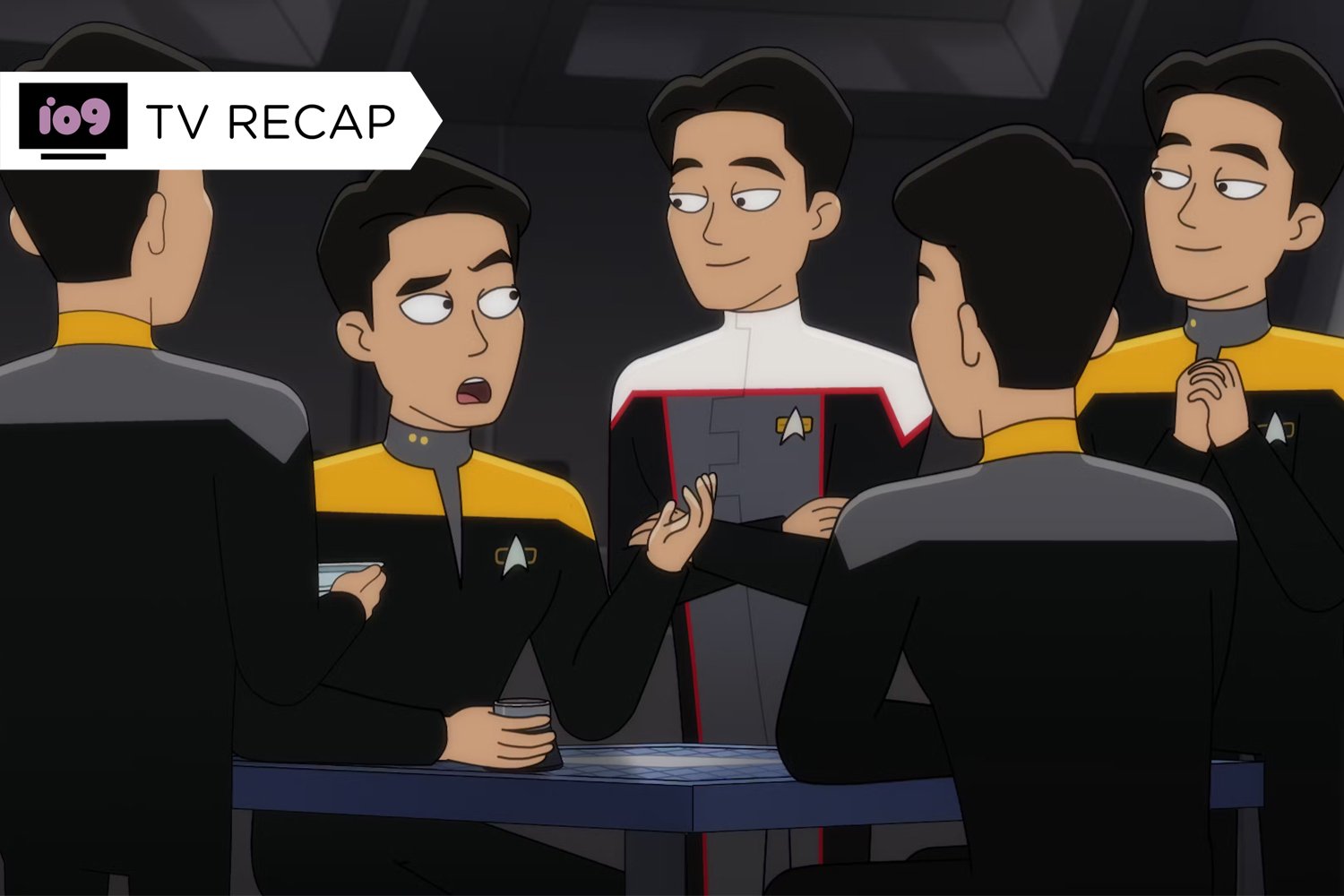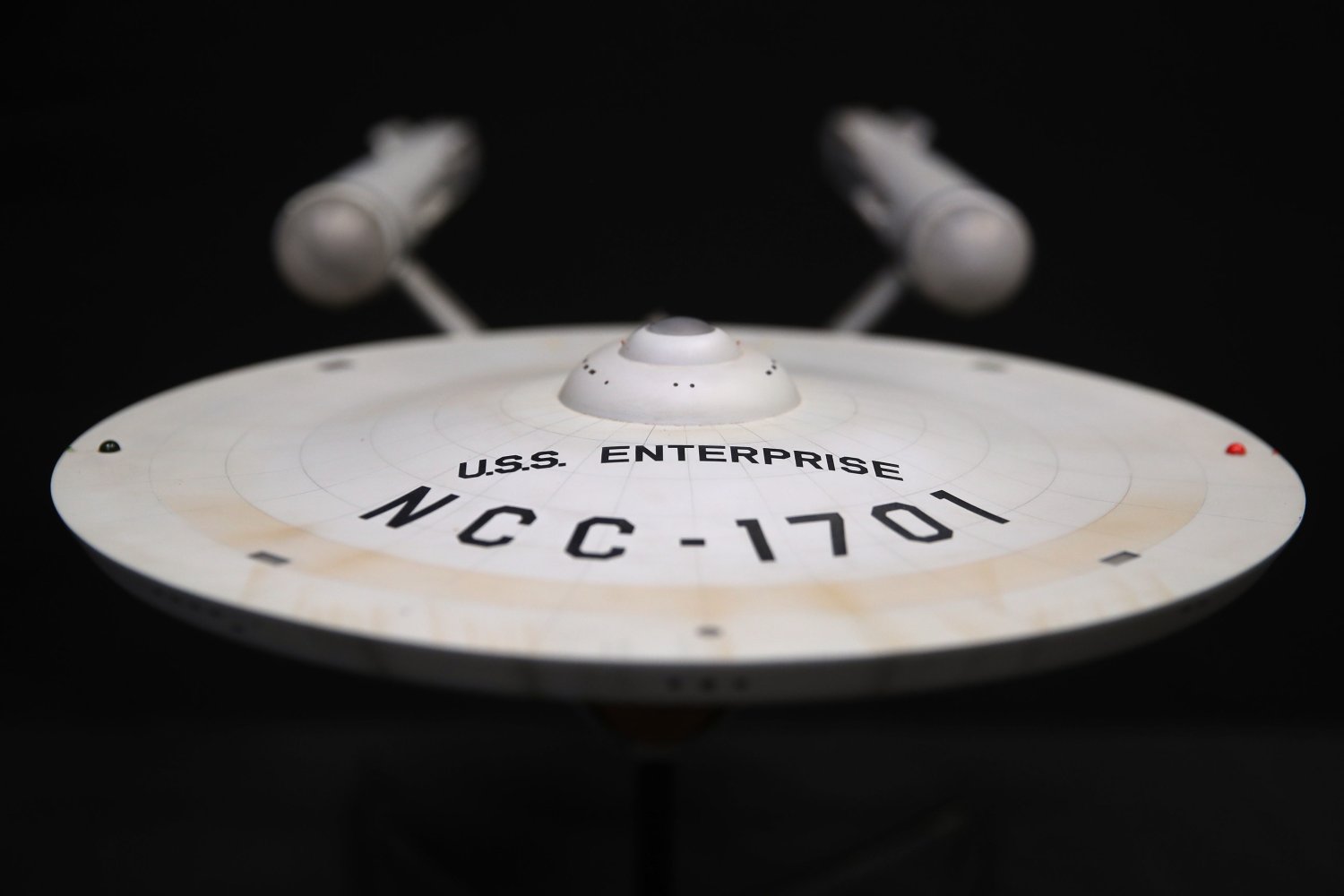On February 1, Star Trek: Nemesis leaves Netflix in America. This also happens to be the same year as that film’s 15th anniversary. So I decided to rewatch it to see if my memory of this film as a complete disaster was true.
Let this gif from the opening minutes stand as the answer to that question.
Rewatching Star Trek: Nemesis is interesting because all the things we know now mean that it’s even more compellingly bad than it was at the time. For one thing, knowing that it ended the on-screen adventures of the Next Generation crew means that you can’t ignore it the way that Star Trek V is ignored. And it has Tom Hardy as a villain. This movie being the first time I’d heard of Tom Hardy means that, from Inception to Mad Max: Fury Road, every time I see his face I have the stray, unkillable thought of “lol, remember when Tom Hardy played a young, crazy clone of Jean-Luc Picard?”
Nemesis also sets up a whole Federation/Romulan peace thing that is just hysterical once J.J. Abrams’ Star Trek showed us that, in the Prime Universe, the Romulans and the Remans exploded in a ball of fire. And finally, knowing that John Logan wrote this script makes you realize, “Okay, so after trying to do the whole secret, angry clone as an adversary in Nemesis, he basically tried the same thing again when he wrote the script for Spectre?” Yeah, in both cases, Logan decided that the way to interject depth was by having a secret relationship reveal.
It did not work either time.
Also, holy shit does someone need to teach Logan how simplify a plot. Oh, I’m sorry. Do you want to know the plot? No? Too bad.
Years ago, the Romulans cloned Picard with the intention of aging up the clone, replacing Picard with their clone, and using him as a spy within Starfleet. And then the plan was scuttled, not because it was a pants-shittingly bad plan, but because a new Romulan administration showed up and just shut everything the old guard was doing. And then they sent the small human child to the dilithium mines on Remus. (Oh yeah, and also the Romulans have a sister planet with a sister race called the Remans. Because Rome.)
At some point, the Picard clone acquired the name Shinzon, became the leader of the Remans, turned the Romulan Senate to stone, takes over the planet, and implements his plan of luring the Enterprise to Romulan space so that Shinzon can drain him of his blood to cure a clone-related genetics problem. And then he’ll use his technobabble McGuffin to kill everyone on Earth.
Often when making a franchise film, part of the goal is to make something that complete neophytes can enjoy but is richer for fans. Nemesis is like that, but being a Star Trek fan means the badness is a richer, deeper “fuck you” than it is for the casual viewer. I mean, don’t get me wrong—it’s bad on the general level, too.
For example, the final fight between Shinzon and Picard isn’t epic. It’s slow. Slow enough that none of the action looks cool, it looks sad. There’s so much time between the beats that you can’t believe no one’s dodging anything. For instance, Shinzon should never have been hit by this pipe; it took Picard a small ice age to pull it down, Shinzon had plenty of time to get out of the way.
For fans, Nemesis is even worse. The idea of the Romulans having a sister race would be more interesting if Star Trek hadn’t been doing it for decades. The Romulans are already related to Vulcans. We didn’t need to add another race to this story, especially one as on the nose as the “Remans.”
Similarly, the addition of B-4, a Data prototype, did not help. A robot that looks like Data was another plot the show had done before and better. And the fact that no one in the movie brought up those previous Data dopplegangers was a glaring omission.
And this film was the second film to feature the Troi maneuver, i.e. crash the Enterprise with the counselor at the helm.
Finally, this is a movie that made me wonder where Wesley was. I don’t ever want to have that thought again.
Nemesis has aged abysmally. Its box office failure made it a franchise killer back in 2002, but its narrative failures make it a never-ending source of disappointment.
